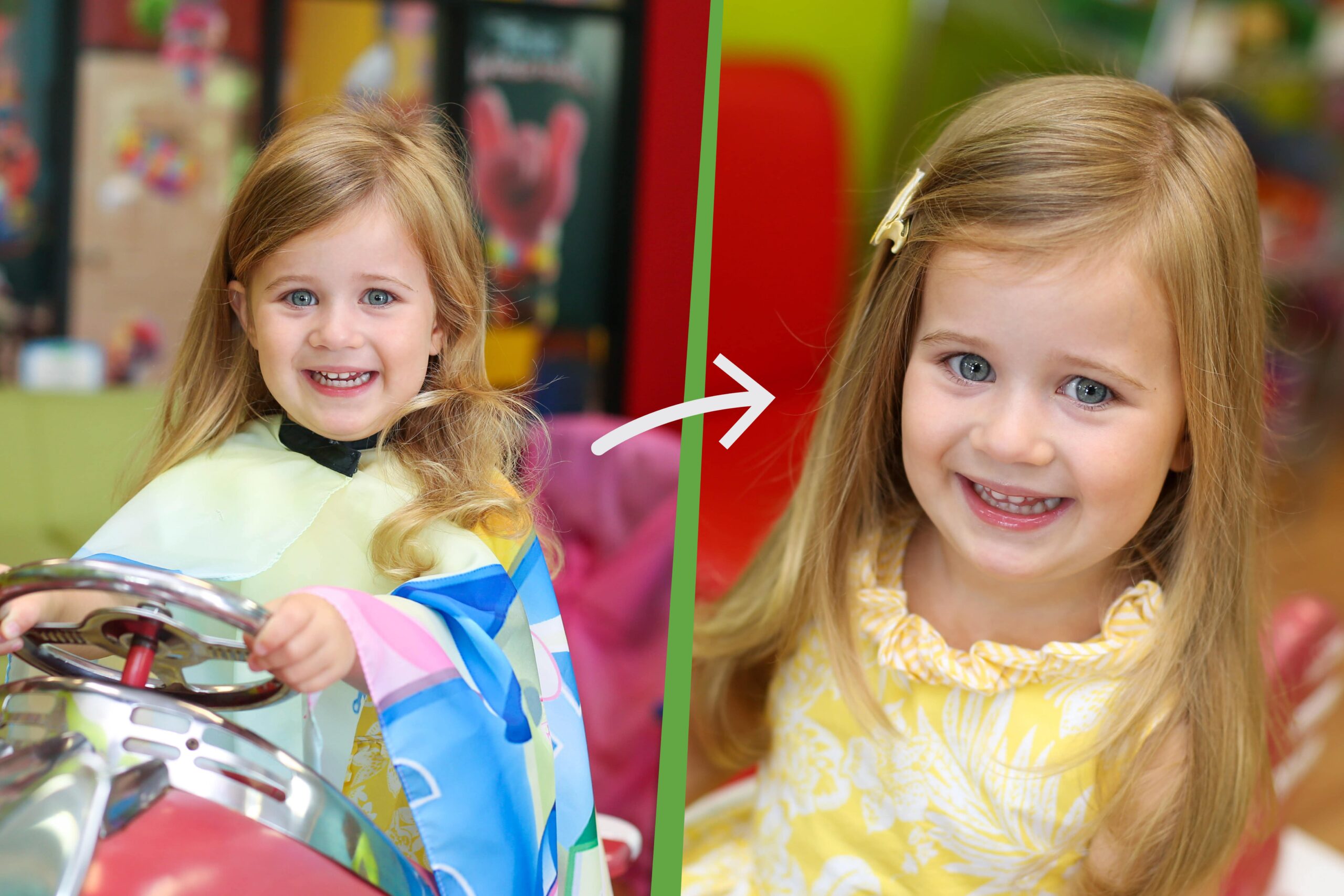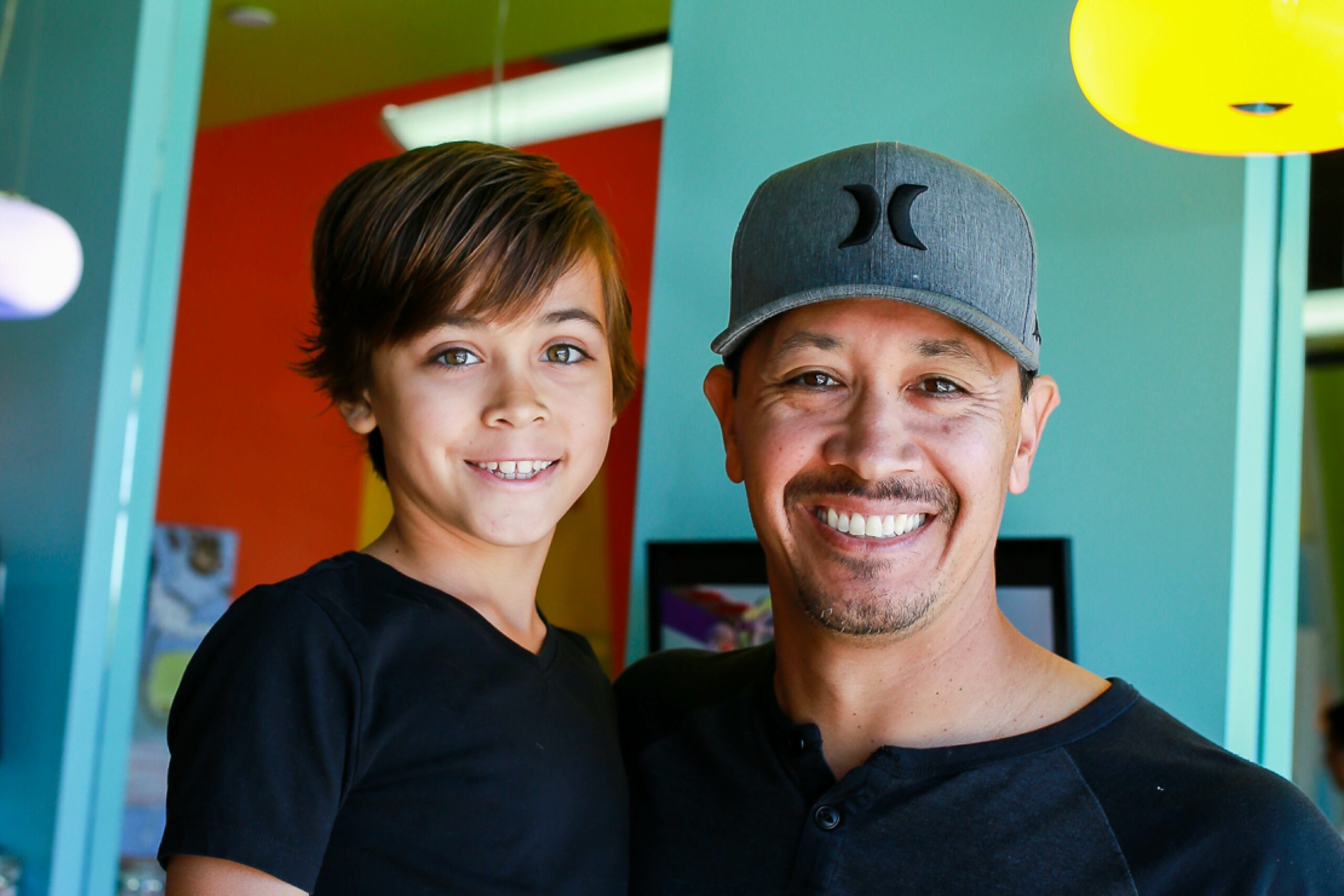Scheduling a Haircut
In the whirlwind of parenting responsibilities, something as seemingly simple as scheduling haircuts for your children can quickly become a puzzle. How often should you trim those locks? Should you wait until they’re shaggy or follow a strict schedule? The truth is there’s no one-size-fits-all answer. It’s important to consider your child’s hair type, style choices, and grooming habits to nail down the perfect timing for their next haircut.
Understanding Hair Growth & Maintenance
Hair growth varies from person to person, influenced by genetics, diet, and overall health. On average, hair grows about half an inch per month. For some children, their hair may seem to grow rapidly, while for others, it might appear to stay the same length for months.
Factors to Consider
1. Hair Type:
The texture and thickness of your child’s hair play a big role in determining how often they need a trim. Curly or coarse hair tends to conceal split ends better than straight hair, so it might not need to be cut as frequently. However, curls can also lose their shape more quickly, requiring more frequent haircuts to maintain the desired style.
2. Hairstyle:
The chosen hairstyle also plays a role in how often a child should visit Pigtails & Crewcuts. Shorter styles typically require more frequent maintenance to keep their shape, while longer styles can go longer between cuts.

3. Activity Level:
Active children who spend a lot of time outdoors or participate in sports may find their hair becomes more tangled or prone to damage. Regular haircuts can help manage this, preventing knots and split ends.
4. Personal Preference:
Some children are more particular about their appearance than others. If your child likes to keep their hair looking neat and polished, they may prefer more frequent trips to the salon. They may even enjoy child-friendly hair products that you can find at Pigtails & Crewcuts.

Signs It's Time for A Trim
Regardless of a set schedule, there are some telltale signs that it’s time for your child to get a haircut:
Split Ends
If you notice split ends starting to appear, it’s a good indication that a trim is overdue. Split ends can travel up the hair shaft, causing further damage if left untreated.
Difficulty Styling
If your child’s hair is becoming increasingly difficult to style or manage, it might be time for a refresh. Trimming away excess length can make styling easier and more manageable.
Lack of Shape
As children’s hairstyles grow out, they can lose their shape and structure. If your child’s hair is starting to look unkempt or shapeless, it’s time for a trim to restore its vitality.
Setting a Schedule
While there’s no hard and fast rule for how often a child should get a haircut, setting a loose schedule can help you stay on track with their grooming needs. Here are some general guidelines:
Every 4-6 Weeks
For children with short hairstyles or those who prefer to keep their hair neatly trimmed, a visit to the salon every 4-6 weeks may be necessary.
Every 6-8 Weeks
Children with longer hairstyles or those who aren’t as particular about their hair may be able to stretch out their cuts to every 6-8 weeks.
Assess Regularly
Regardless of the schedule, it’s essential to assess your child’s hair regularly for signs that a trim is needed. Trust your instincts and schedule appointments accordingly. You can book an appointment at a local Pigtails & Crewcuts by visiting the salon page for your local Pigtails & Crewcuts booking link or by downloading the Pigtails & Crewcuts app.
In Conclusion
In the grand scheme of parenting, haircuts might seem like a minor detail, but they play a significant role in your child’s grooming and self-esteem. As you consider the perfect timing for your child’s haircuts, remember to factor in their unique hair type, preferred style, and personal grooming habits. By staying familiar with your child’s needs and monitoring their hair regularly, you can ensure they always look and feel their best. Remember, there’s no one-size-fits-all approach to haircare, so trust your judgment and tailor your approach to what works best for your child.






